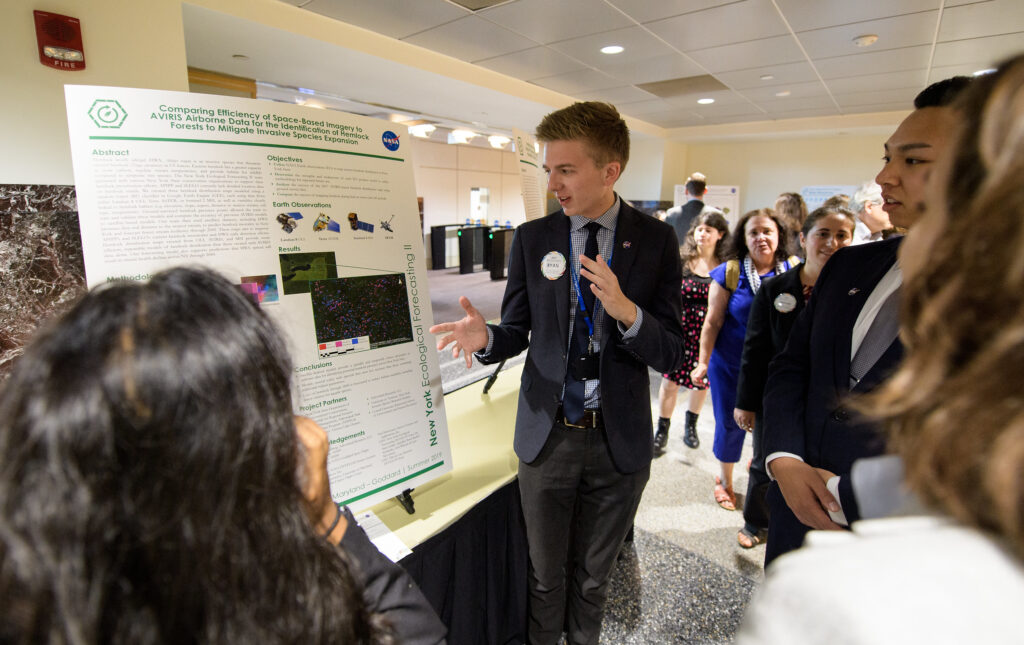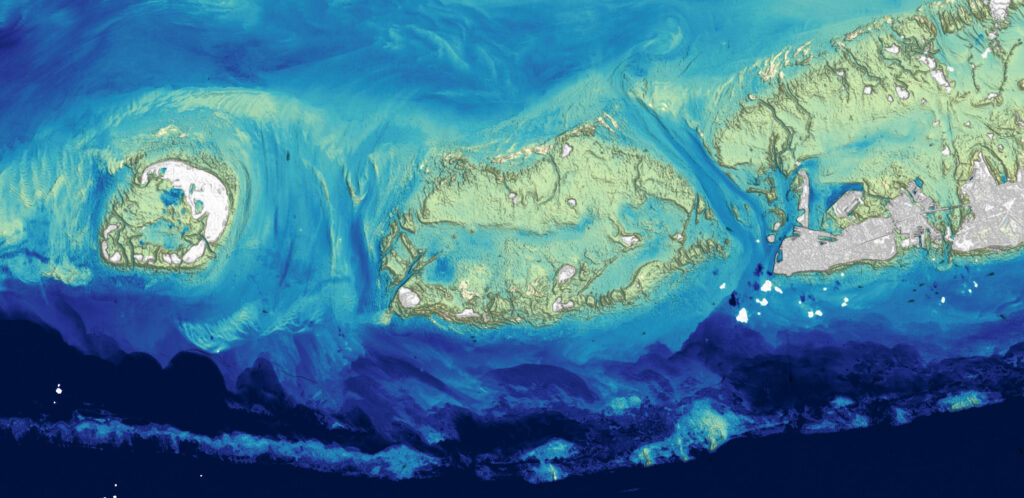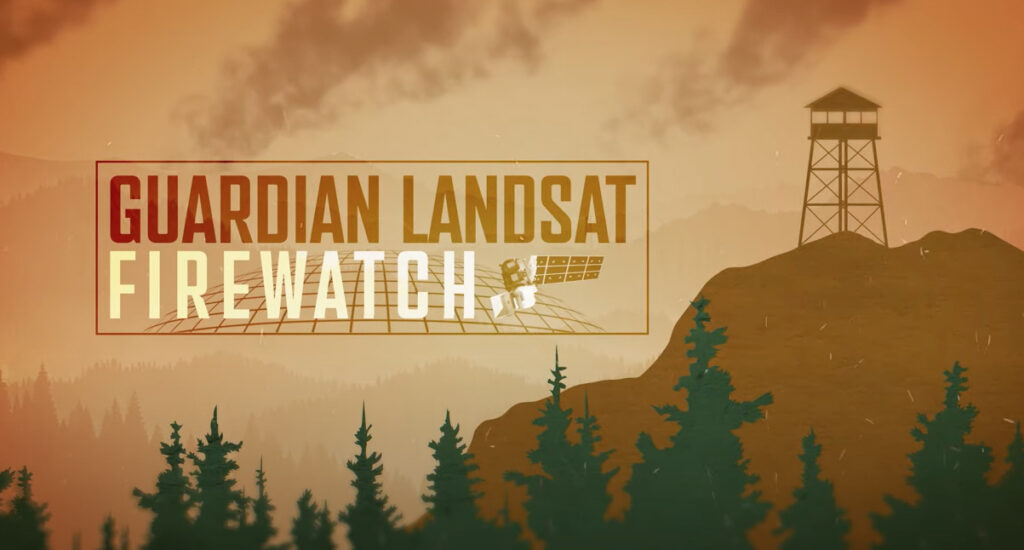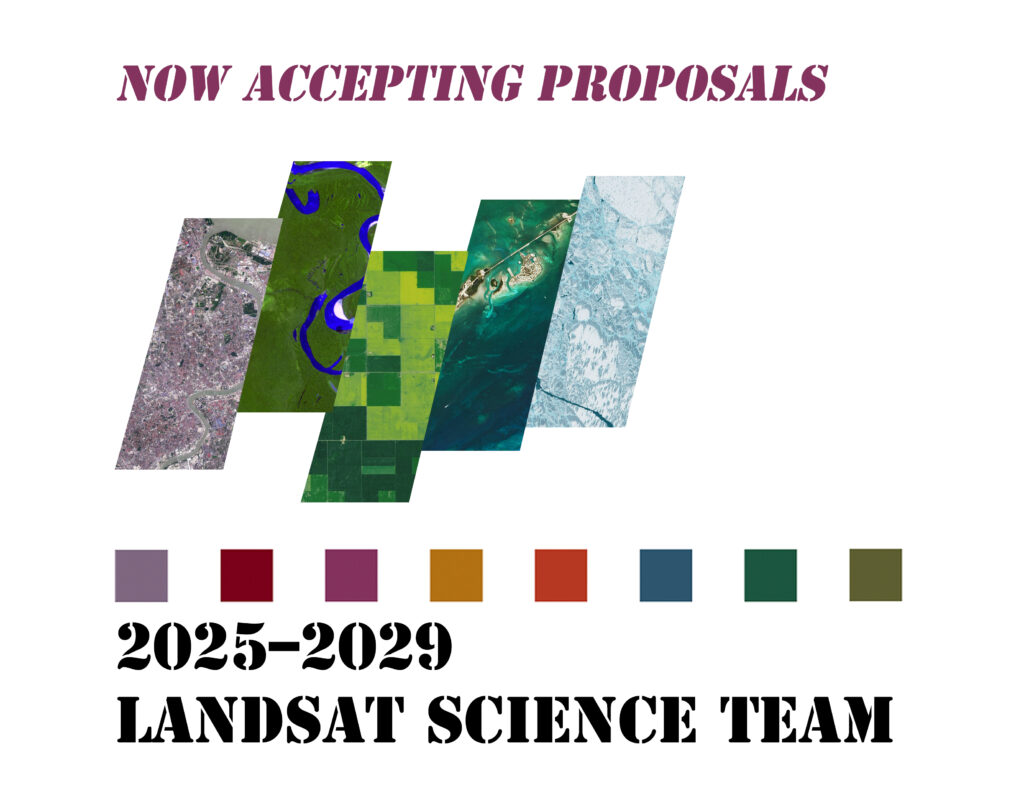by Aries Keck, Earth Science Division – Applied Sciences, NASA Headquarters, Washington, D.C.

Optimizing Vermont’s maple sugar industry, creating “jaguar highways” in Costa Rica, and measuring drought in Kenya and Kansas are just a few of the summer projects highlighted in the Annual Earth Science Applications Showcase (AESAS) held Aug.1 at NASA Headquarters in Washington.
Early career researchers in the DEVELOPprogram, who are tasked with using Earth science data in practical applications, presented their project results during the daylong showcase.
Also featured were two programs that emphasize the application of NASA Earth science data — Applied Remote Sensing Training (ARSET), which offers on site and web-based training; and SERVIR, a joint program with the U.S. Agency for International Development (USAID), which uses data to empower people worldwide. NASA’s Earth Science Division’s Applied Sciences Program facilitates all three programs.
DEVELOP pairs new scientists with partner organizations in a 10-week program that encourages the use of NASA Earth science data to address real-world problems and improve the quality of life for people worldwide. DEVELOP participants are college students and recent graduates, professionals who are in the early stages of or are transitioning to a science career, and active or recently transitioned U.S. military service members. The Headquarters showcase featured 22 summer projects focused on agriculture and food security, disasters, ecological forecasting, energy, health and air quality, transportation and infrastructure, urban development and water resources.
“These early-career researchers are finding innovative ways to use NASA Earth observations to support society,” said Thomas Zurbuchen, NASA’s associate administrator for science. “Their innovative, high-quality science projects have already shown benefits in 20 states in the U.S. and in seven countries.”
For a complete list of DEVELOP summer projects, visit its website.
*NASA/USGS Landsat data are a key resource for the ARSET, SERVIR & DEVELOP programs.






